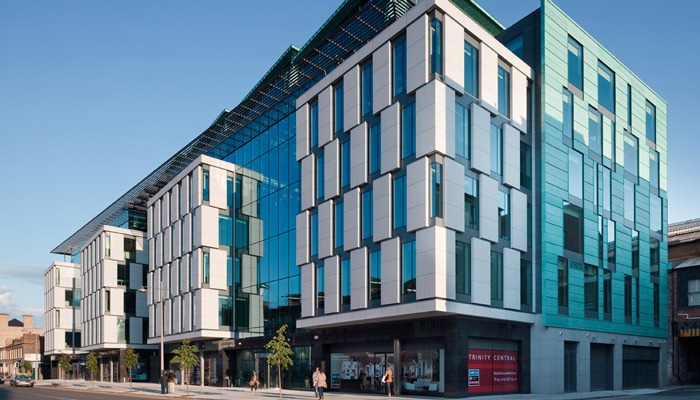For the pre-clinical medical students at Trinity College Dublin, a typical academic year is split into semesters. For me, semester 1 was from Sep ’18 to mid-Dec ’18, followed by five weeks of winter vacation and subsequently, semester 2 was from end-Jan ’19 to May ’19. We had one reading week in the middle of each semester, which some of us utilised to catch a breather, while others used this break to travel. Before the examination period at the end of each semester, we were also given another reading week for last minute final revision.
We had a total of four main modules that were covered in first year. Each of these modules were taught over two semesters, with the exception of Medicine, Health and Humanities, which was only covered in semester 2.
- Human Form and Function (anatomy and physiology)
- Evolution and Life (biochemistry)
- Human Development, Behavioural Sciences and Ethics
- Medicine, Health and the Humanities

Anatomy, physiology and biochemistry are the bread and butter for all pre-clinical students. These subjects were mainly taught via lectures, small-group tutorials and practical sessions at the Trinity Biomedical Sciences Institute, which is a few minutes away from the main TCD campus.
I thoroughly enjoyed weekly visits to the dissection theatre, where each group of seven to eight students were assigned to a donor body. It was definitely a huge privilege to be able to learn from these donor bodies. We were allowed to perform dissection under the supervision of teaching assistants. It gave me great satisfaction to be able to isolate a vessel, nerve, tendon or muscle after carefully removing the surrounding fatty tissue, even though it was a time-consuming process. Not all medical schools allow their students to work on donor bodies on a weekly basis, thus I am immensely grateful to have had the opportunity to do so.
Although ethics is the cornerstone of any medical school curriculum, we were also given an introduction to human development and behavioural sciences. For human development, we had lectures on the early contributors to physical health and development. It felt like an introduction to obstetrics and gynaecology, and pediatrics. For behavioural sciences, we covered some of the main psychological and social theories of normal human development, such as the cognitive model, attachment theory and learning theory.
Another unique experience that I had in my first year was the Family Case Study, which was one of the aspects of human development. We were split into groups of 10 and assigned to a general practitioner as our tutor. We were then put into pairs and each pair was allocated to a family with a young baby. Throughout the academic year, we were tasked to schedule three visits to meet the family at their homes. During these visits, we interviewed the family to find out more about the baby’s feeding and sleeping habits, nutritional history and developmental milestones (e.g. when the baby first smiled, first clapped, first crawled).
It was indeed heart-warming to witness the young child’s growth over the span of three visits. My partner and I had the opportunity to build a strong rapport with the family, who were kind enough to place their trust in us and share intimate information about themselves to aid us in our learning. It is evident that even as medical students, the patients that we work with have a certain level of expectations of us that we should strive to meet. Hence, it is of utmost important to build trust and a robust relationship with them.
Looking back, I am glad that my first year was not just about attending class and studying for examinations. The school had incorporated interesting elements to the curriculum which allowed me to have early contact with patients and apply my knowledge, making my first year of medical school an enriching one!